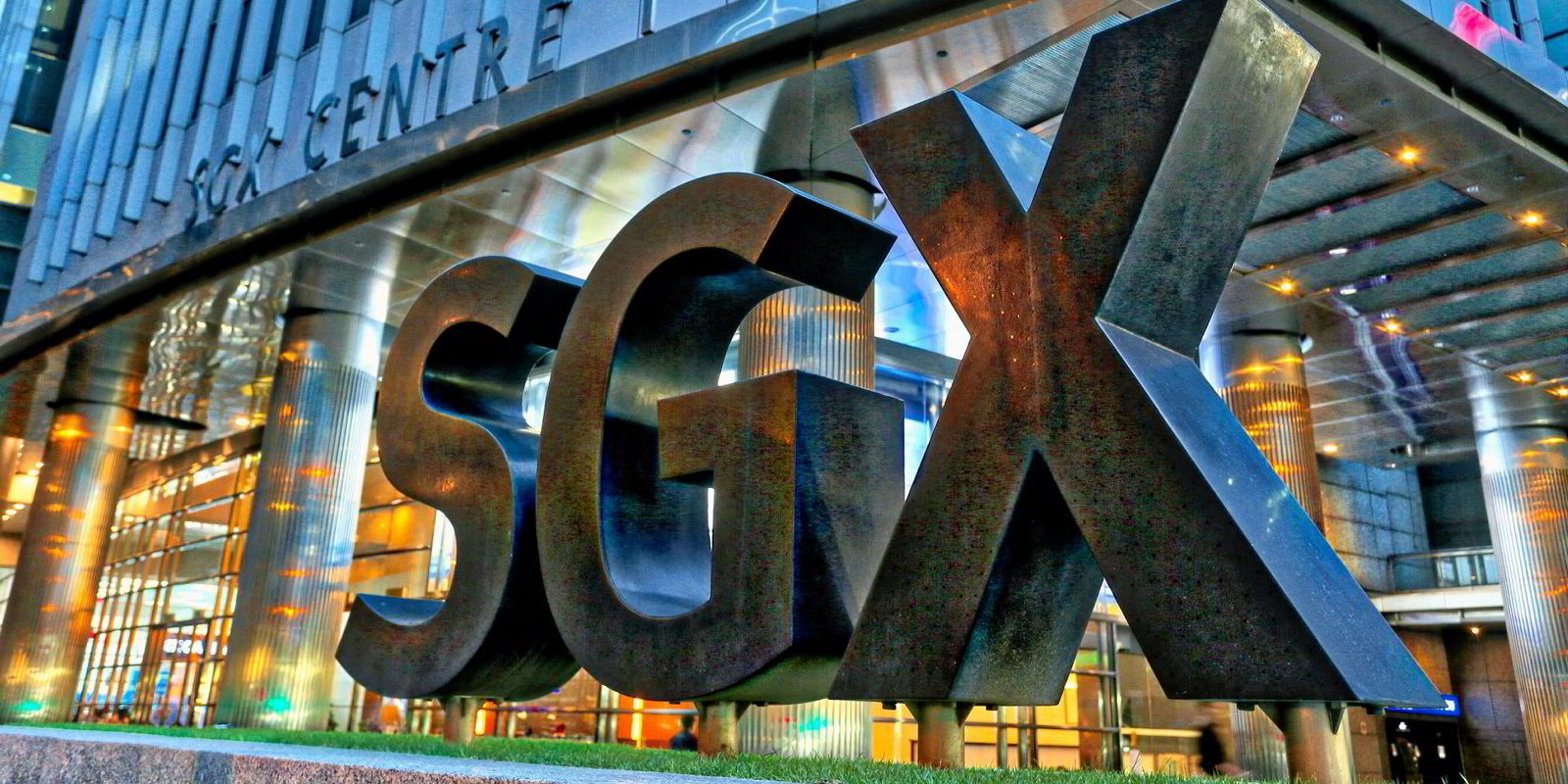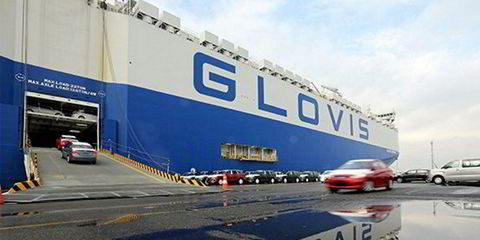The European Energy Exchange (EEX) has reported record dry freight volumes.
Cleared and exchange-traded dry-bulk freight business jumped 42% in the first half of the year.
Some 598,300 lots were traded in the period from January to June, up from 422,224 in the same period last year.
It is the highest six monthly volumes figure since the Deutsch Borse subsidiary moved into the freight market five years ago.
Freight futures rose 64% to 525,400 lots. However, the volume of freight options dropped by 29% to 72,900 lots.
Richard Heath, EEX head of global commodities, said volumes had risen due to strong "counter-seasonal behaviour" and "exceptional rates" in different dry-bulk sectors.
Ongoing volatility meant volumes are likely to remain strong in the third quarter, which is traditionally the busiest time of the year for the sector, he said
Return of handysize players
The clearing exchange reaps most of its business from the panamax and capesize sector.
However, the return of players from the handysize dry segment to the futures market had contributed to the improvement.
EEX holds 62% of the open interest in the handysize sector after launching a new contract in April.
This has enabled traders to clear forward freight agreements (FFA) for the 38,000-dwt basket of routes.
The contract has proven important for a specific group of customers and shown that there was “a hedging need in this market", Heath said.
“It’s small, its growing. We still expect it to become 5% to 10% of total market volumes over time,” he said.
Zero-carbon index established
EEX entered the freight sector in 2016 and has grown rapidly over the past two years.
The Leipzig-based company claims to have the majority share of open interest in the combined dry-freight market worldwide, where it competes with the rival Singapore Exchange (SGX).
“I’m incredibly proud of what we have achieved in dry freight and particularly so over the past six months,” said EEX chief executive Peter Reitz.
“In addition to significantly increasing our volumes, through our recently launched Zero Carbon Freight Index [ZCFI], we are actively helping the shipping industry manage its transition to a decarbonised and more sustainable future,” he said.
The ZCFI was launched on 12 July and is designed to show how the cost of carbon emissions can affect freight prices.
The index shows a daily “synthetic” freight forward agreement rate inclusive of 100% carbon reduction for capesize and panamax contracts.







